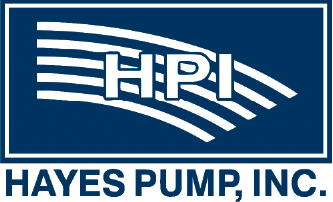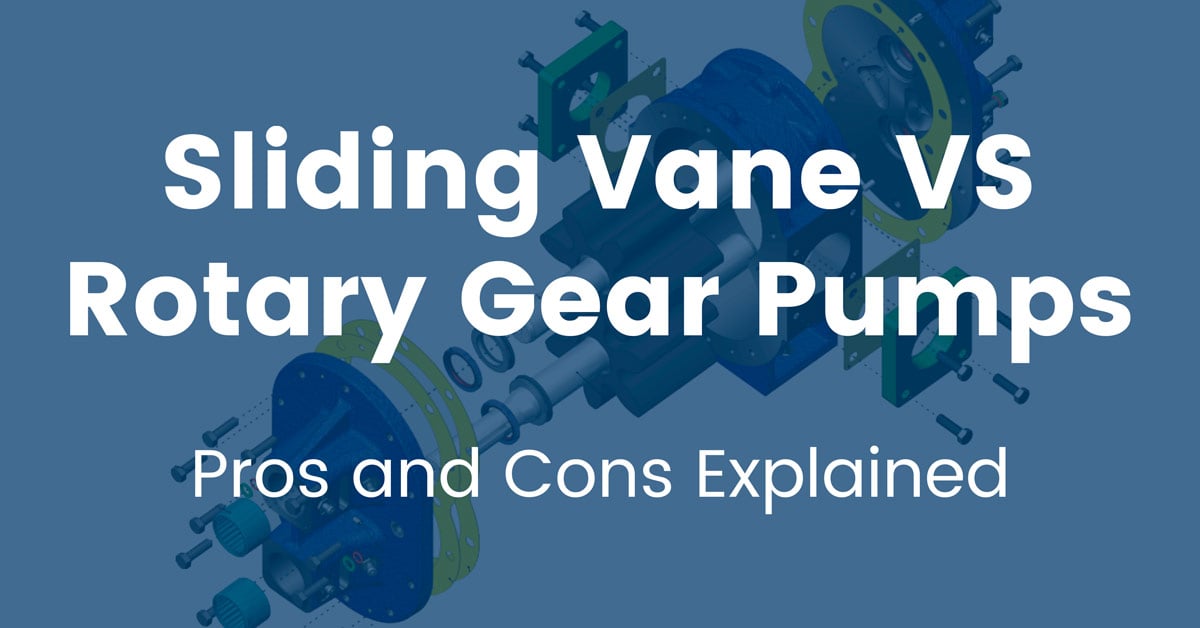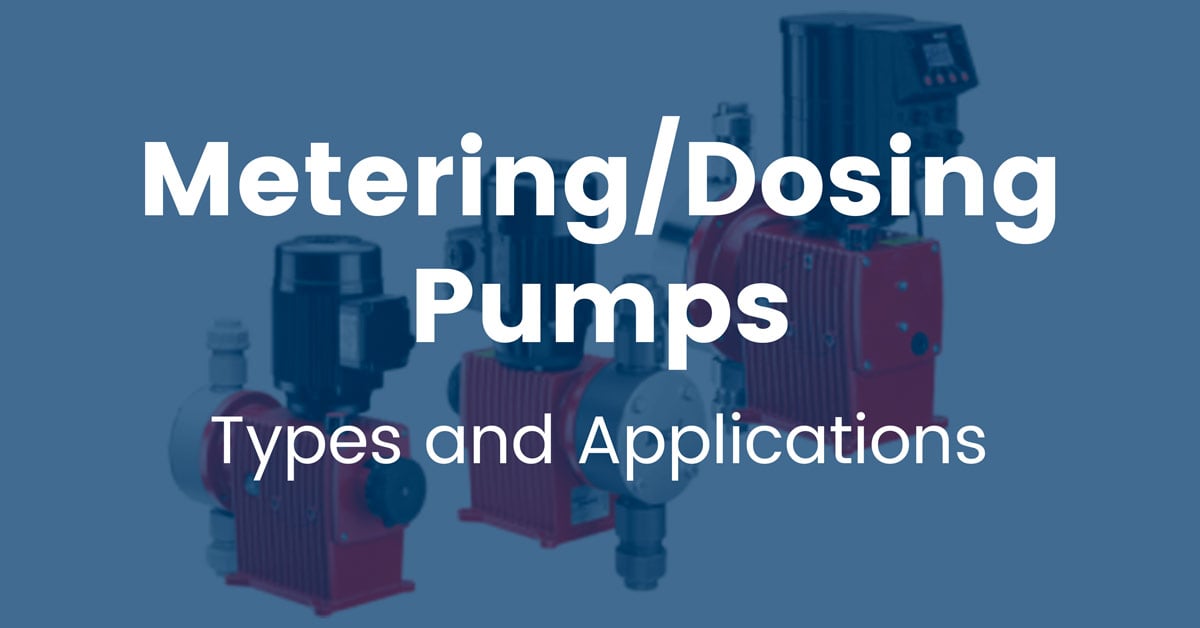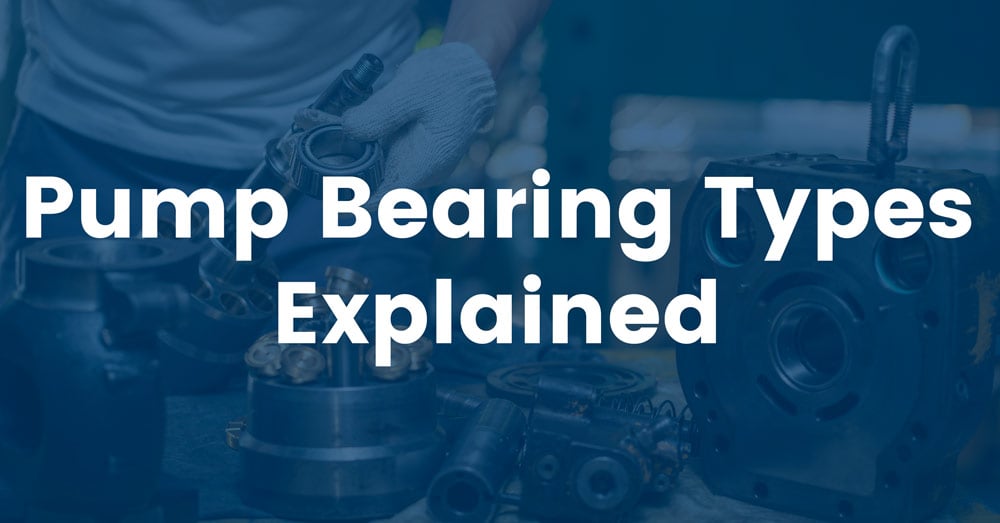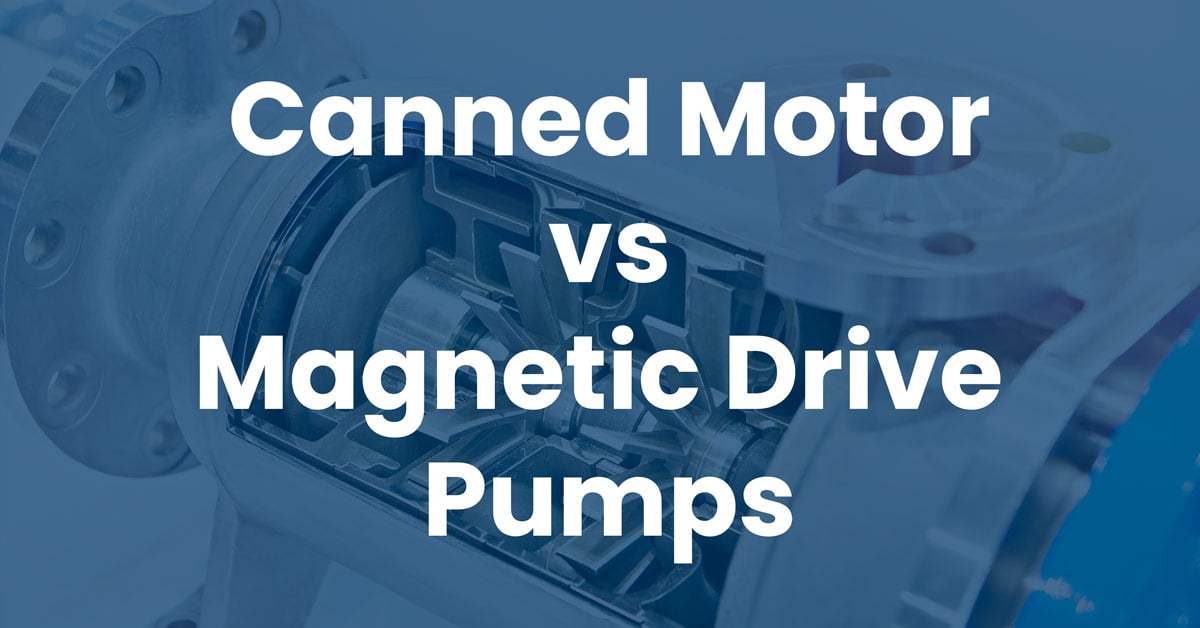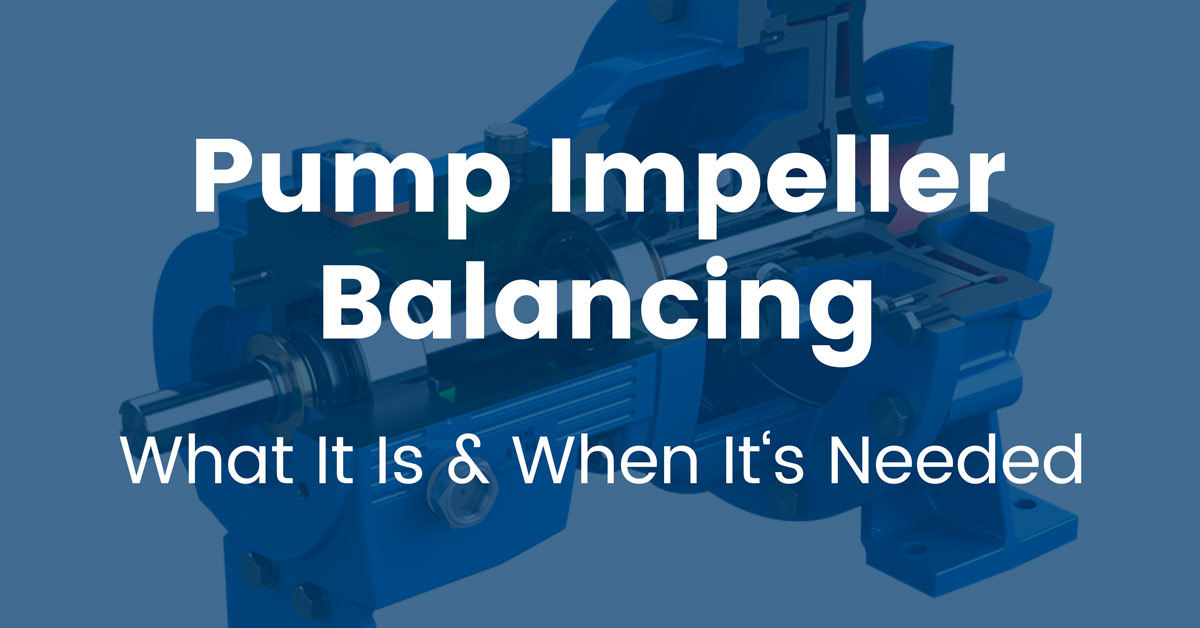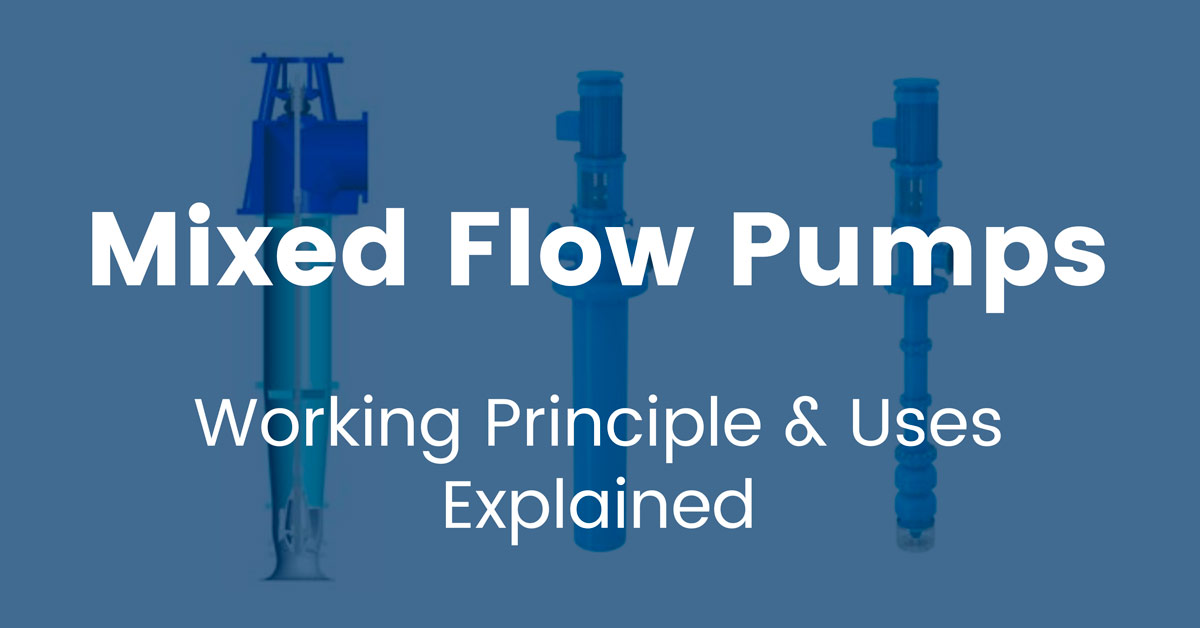Sliding Vane vs Rotary Gear Pump Pros and Cons
With so many choices available for industrial pumps, the selection process often comes down to carefully evaluating the needs of the industry and choosing a pump that will be efficient and reliable in a specific application.
The case is no different when selecting sliding vane and rotary gear pumps. While both are types of positive displacement pumps, there are nuances that make one or the other better suited for a particular application.
